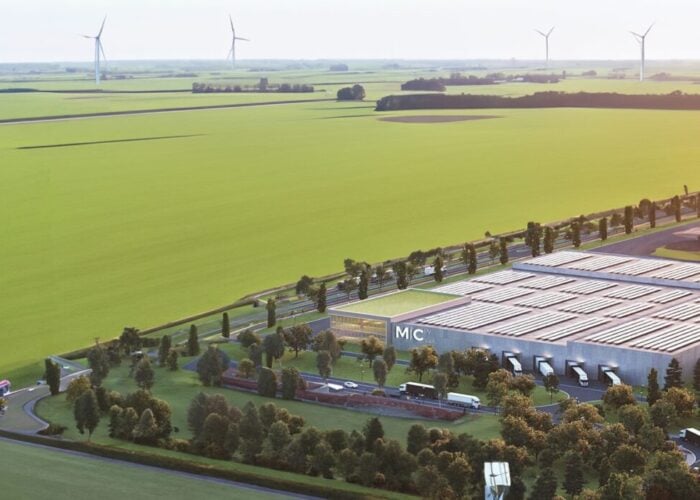Product Briefing Outline: Tyco Electronics now offers a new way for locating junction boxes on a PV panel. Compared to the commonly used centralized junction boxes in the PV industry, the new two-rail decentralized junction box requires 50% less jumper cable to connect to the next solar panel, as the junction boxes are located in the corner of the panels.
Problem: Through the decentralization of the two-rail junction boxes, panel manufacturers are able to use less and shorter cross connects (saving labour and costs) because every string is protected by one junction box with 1 diode.
Try Premium for just $1
- Full premium access for the first month at only $1
- Converts to an annual rate after 30 days unless cancelled
- Cancel anytime during the trial period
Premium Benefits
- Expert industry analysis and interviews
- Digital access to PV Tech Power journal
- Exclusive event discounts
Or get the full Premium subscription right away
Or continue reading this article for free
Solution: The decentralized junction box uses less cross-connects than standard centralized boxes, offers excellent thermal management capabilities and enables engineers to design new innovative solar panel layouts. The general design idea is using two small two-rail junction boxes separately located in the corners of the solar panels plus one small junction box in the middle (compared with the common standard layout of one bigger four-rail junction box with three diodes in the centre of the panel).
Applications: PV Modules junction boxes.
Platform: With this new design concept it is easy to enlarge solar panel layouts by just adding a junction box in the centre to protect additional strings. No complicated routing is required. The low profile design (only 18.5mm height) of the two-rail decentralized junction box enables the device to be easily terminated with the slim line connector system by Tyco Electronics. The new decentralized junction box meets IEC 61215 ed.2 (VDE V 0126-5) specifications.






